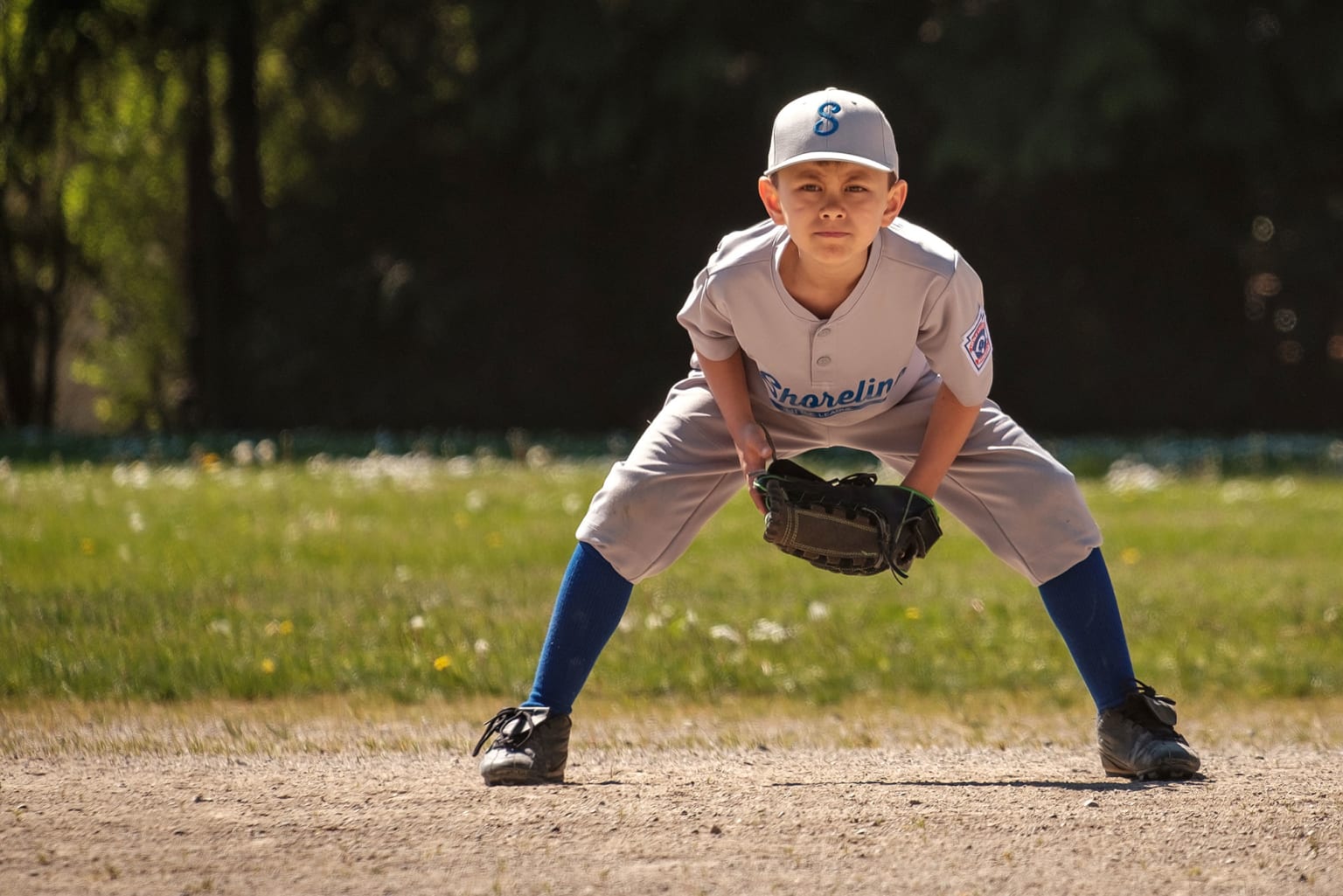
Situation
With a right-handed batter in the batter’s box and a count of three balls and one strike, the batter for the visiting team lines a pitch down the third-base line in a Little League® Junior Division baseball game. The third baseman reacts to the line drive, and in his attempt to field the ball, contacts the ball while both of his feet are in fair territory. The balls rolls into foul territory, yet the umpire indicates the ball is live, and the base runner reaches first base safely. The third baseman claims that the ball was foul, and did not pursue the ball. After the ball was retrieved by the third baseman and returned to the pitcher, the defensive manager asks for “time.” With the base runner holding his current position on first base, the home plate umpire grants the manager’s “timeout” request. The coach asserts that the ball was in foul territory and his fielder touched the ball in foul territory, therefore the ball should be a dead ball. The umpire explained that the player’s feet were still in fair territory when he touched the ball, which prompted him to rule, “fair ball.” Should the home plate umpire change his call from fair to foul, because the ball was touched while outside the baseline and before it reached the base?
Explanation
In the judgment of the home plate umpire at the time of the call, the fielder made contact with the ball in flight while the ball was in fair territory, therefore the play stands as originally ruled. According to the Little League Baseball® Official Regulations, Playing Rules, and Policies – Rule 2.00 – foul ball: A foul ball is a batted ball that settles on foul territory between home and first base, or between home and third base, or that bounds past first or third base on, or over, foul territory, or that first falls on foul territory beyond first or third base, or that while on, or over, foul territory, touches the person of an umpire or player, or any object foreign to the natural ground. Note 1: A foul fly ball shall be judged according to the relative position of the ball and the foul line, including the foul pole, and not as to whether the fielder is on foul or fair territory at the time the fielder touches the ball. Foul Territory: the part of the playing field outside the first and third base lines extended to the fence and perpendicularly upwards.
Note: This rule is applicable in all levels of Little League play, except Tee Ball. Addressing the Tee Ball division, Note 2 of the Foul Ball definition states: the ball is foul if it travels less than 15 feet in fair territory from home plate. The ball is also foul if the batter hit the tee with the bat.